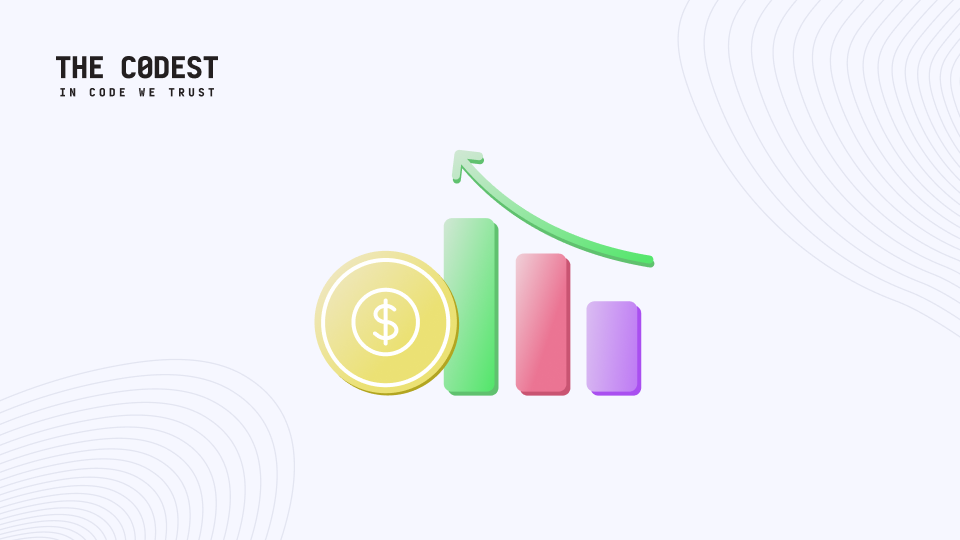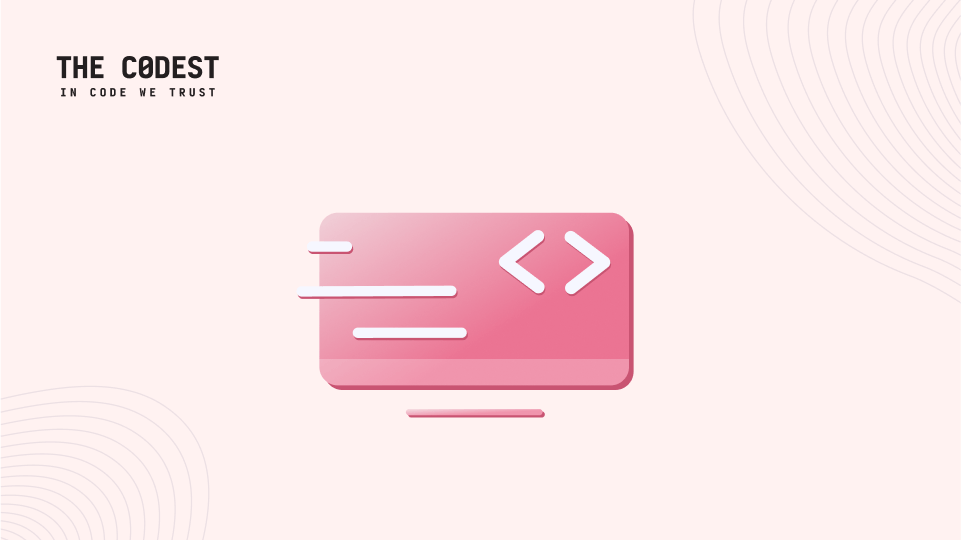In a report published by Stack OverFlow, React was named as the second most-used framework in software development in 2019. It is also the most popular JavaScript programming language library. This is a great reason to take a closer look at this technology and its construction, functionality and use.
What is React?
React was released on 1 March 2013. It was created by Jordan Walke, a developer at Facebook. React is a JavaScript programming library that was made available as open-source. It is commonly used to build web applications and graphic interfaces. React gained popularity very quickly and is currently used by Netflix, PayPal and Imgur developers, among others. The use of this technology by the world’s largest brands is undoubtedly its biggest showcase.
The main features of React
Virtual DOM (Document Object Model) is the most popular feature of this framework. React stores the application’s DOM in memory, and after the status change finds the differences between the virtual and real DOM then updates the changes.
JSX is a JavaScript overlay that allows you to insert html directly in your code – without the need for a string. In addition, it is worth mentioning that React is appreciated by developers for the ease of use due to no limitations, e.g. when combining React with other technologies. React also provides relatively simple coding. In practice, the developers focus on building and composing subsequent components. Additionally, there are also many libraries that work really well with React, such as flux and redux.

I can’t fail to mention the declarative code. Once written, the component allows you to use it again. This is enough for it to be imported and entered in the appropriate code snippet. Are you wondering what this means? Simply put, once created the code can be used in other applications as well. This significantly simplifies and reduces a programmer’s working time.
When building the application, you do not have to worry about testing. In React, E2E (end-to-end) or unit tests are readily available. For E2E testing, you can, for example, use the cypress.io tool and there are also dedicated tools for unit tests, with Enzyme or the React testing library.
Why should you choose to React?
If you are thinking about choosing a JavaScript framework, keep in mind these short points about React.
-
It is recognized that the future of modern interfaces is component-based design technology. React is very simple and elegant. As I mentioned before, components are just simple functions/classes – we provide them with input data and receive output in the form of an interface.
-
There is an extensive community network. This argument is important primarily from the perspective of the developer. On the one hand, this enables available knowledge and skills acquisition, and on the other hand, the React developer network is so extensive that a solution can be found very quickly for most problems. In addition, React’s popularity is growing, which means that this technology will soon be the top choice.

3. Simplicity. Compared to another equally popular JavaScript framework – Angular – React has a really modest API. It is undoubtedly a good choice of people starting their adventure with the first framework/library. The entry threshold is definitely lower than for Angular.
4. Application development speed. If you care about time, React will certainly be a good choice. I know from my own experience that in the case of JavaScript frameworks, the process of building applications is the fastest in React.
Summary
As you may notice, I am a strong advocate of React. If you are looking for effective technology for building web applications and graphic interfaces, React will be a good choice.
Do you have any questions about React? Write to us!
Read more:








